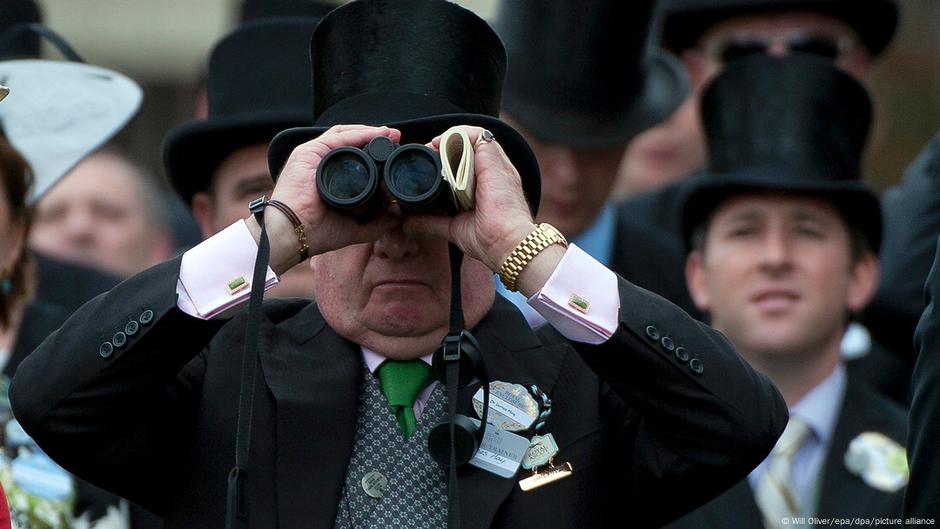
""To this day, more than four-fifths of Germany's economic elite come from the top three to four percent of the population," he told DW."
""Hartmann says there was a slight shift between 1907 and 1927, with more Germans from lower classes managing to climb the social ladder. But in the nearly 100 years that followed, the share of those from lower social backgrounds who made it to the top increased by only about two and a half percent.""
""According to a recent survey by German technology-sector lobby group Bitkom, two-thirds of German companies with 500 or more employees now have formal DEI goals, and nearly another third are planning or discussing such initiatives. Still, when it comes to influential leadership positions, the elite tends to stick to its own.""
Sociologist Michael Hartmann studied the executive class in Germany, revealing that over four-fifths of its elite originate from the wealthiest top three to four percent. Despite a minor increase in social mobility between 1907 and 1927, only a 2.5% rise in lower-class individuals reaching top positions was noted over nearly a century. DEI programs were introduced by many companies, but top leadership remains dominated by individuals from elite backgrounds. More women now occupy executive roles due to gender quotas, yet the core elite largely remains unchanged.
Read at www.dw.com
Unable to calculate read time
Collection
[
|
...
]